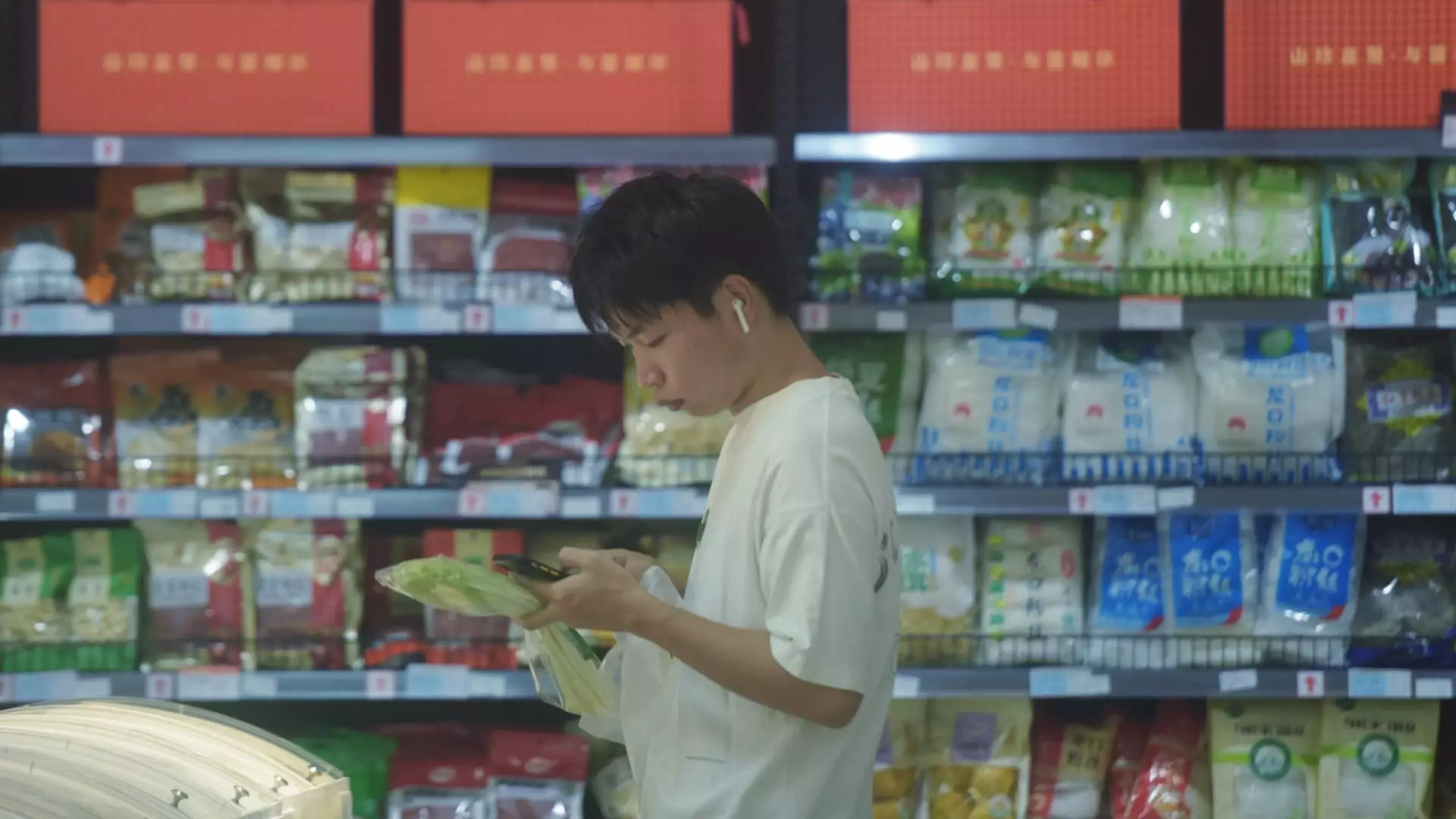In recent data from the National Bureau of Statistics, China’s economic performance in August raised considerable concerns among economists and policymakers alike. The statistics revealed that retail sales, industrial production, and urban investment all fell short of expectations, indicating a sluggish recovery trajectory in the world’s second-largest economy. Retail sales increased by merely 2.1% year-on-year, below the anticipated 2.5% and a noticeable dip from July’s growth of 2.7%. This trend signals a troubling consumption landscape that lacks the vigor necessary to drive economic momentum forward.
Similarly, industrial production reported a growth of 4.5% in August, which was not only below the forecast of 4.8% but also a decline from the previous month’s 5.1% growth. This weakening of industrial output raises alarms about the manufacturing sector’s health and its broader implications for economic sustainability. Such subdued performance suggests that factories may not be operating at full capacity, potentially leading to job losses and dwindling corporate investments.
Investment Under Pressure
The numbers for fixed asset investment also tell a disconcerting story, with growth at 3.4% for the January to August period—slightly trailing the expected 3.5%. The data points to an overall cooling of investment activity, particularly in infrastructure and manufacturing—critical areas that drive long-term economic growth. In contrast, investment in real estate remains in a stark decline, with a consistent drop of 10.2% year-to-date, mirroring the previous month’s results. This stagnation raises questions regarding the future of urban development and may influence market sentiments negatively.
The urban unemployment rate saw a slight increase to 5.3% in August, marking a rise from July’s 5.2%. Liu Aihua, a spokesperson for the National Bureau of Statistics, attributes this uptick to seasonal factors, such as the graduation influx. However, the challenge of achieving stable employment remains paramount, compounded by the persistent youth unemployment rate, which stood at an alarming 17.1% in July. Such figures highlight the urgent need for policymakers to address job creation and support the labor market effectively.
The slow growth rates across various economic indicators underscore the struggles that China faces in its recovery post-Covid-19. Policymakers are yet to unveil significant stimulus measures to counterbalance insufficient domestic demand. While exports showed an encouraging rise of 8.7%, imports lagged with only a 0.5% increase, suggesting a troubling trade balance and a potential drop in consumer purchasing power.
As China prepares for the upcoming Mid-Autumn Festival, the economic climate remains fraught with challenges. Analysts and officials must consider strategic interventions to rejuvenate growth and bolster consumer confidence. With the need for urgent action evident, the future of the Chinese economy may hinge on addressing these emerging issues holistically, paving the way for a more robust recovery.

